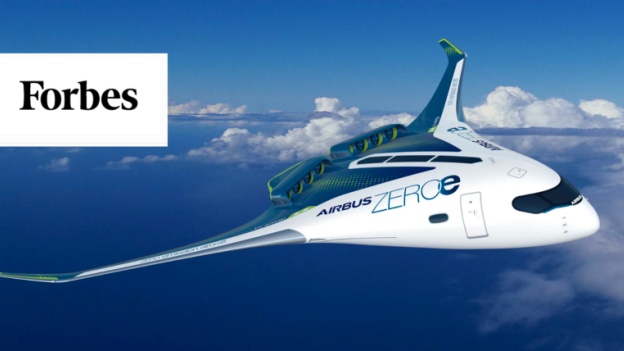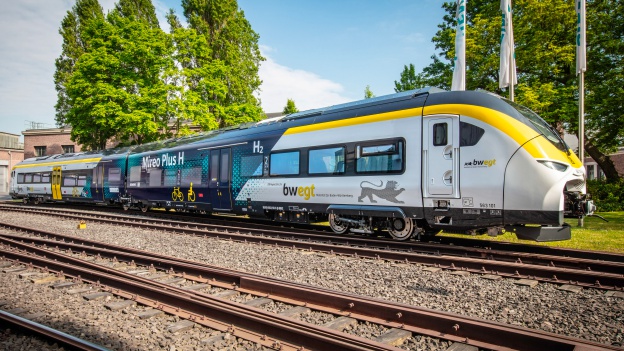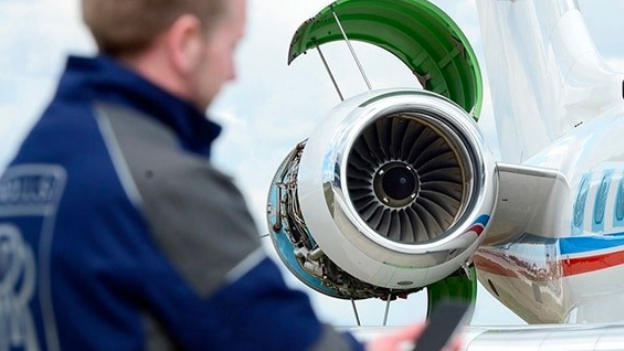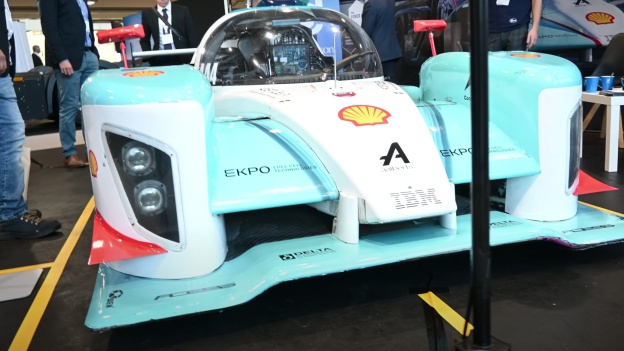A specially modified Airbus glider makes its first pure hydrogen powered flight over Nevada, USA. The research team not only wants to push the envelope in hydrogen aircraft engine development, but also to investigate the impact of hydrogen condensation trails on the atmosphere.
At the beginning of November, a glider using only hydrogen as fuel took off for the first time - for 30 minutes - in Nevada, USA. Since then, it has made two more flights, one of which involved an engine start test at 10,000 feet.
The specially modified Arcus-J glider will be used by the UpNext science team "The Blue Condor" to investigate the effect of hydrogen contrails on the atmosphere. The project is part of Airbus' ambitious goal to bring a hydrogen-powered transport aircraft to market by 2035.
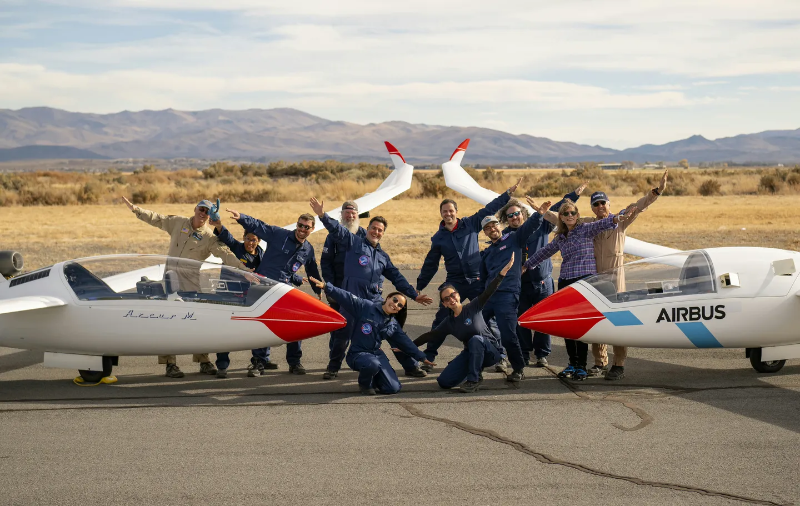
The research will also include a comparison of hydrogen fuel and kerosene (aviation kerosene). For this part of the experiment, Airbus plans to fly two gliders up to an altitude of 30,000 feet. The two gliders will fly side by side, with one equipped with a hydrogen-powered engine and the other powered by a kerosene engine. Subsequently, the data collected will allow scientists to better compare hydrogen and kerosene engines.
"Hydrogen offers a low-carbon pathway for aviation, but even burning hydrogen leaves behind a condensation trail similar to that of conventional engines. But hydrogen's condensation footprint is very different. They do not contain soot or sulphur oxides, but they do contain nitrogen oxides and large amounts of water vapour, up to 2.5 times more than kerosene condensation traces. Both types have an impact on the climate, so the aviation industry has an obligation to study them," Airbus officials said.
Text and photo source: Airbus












